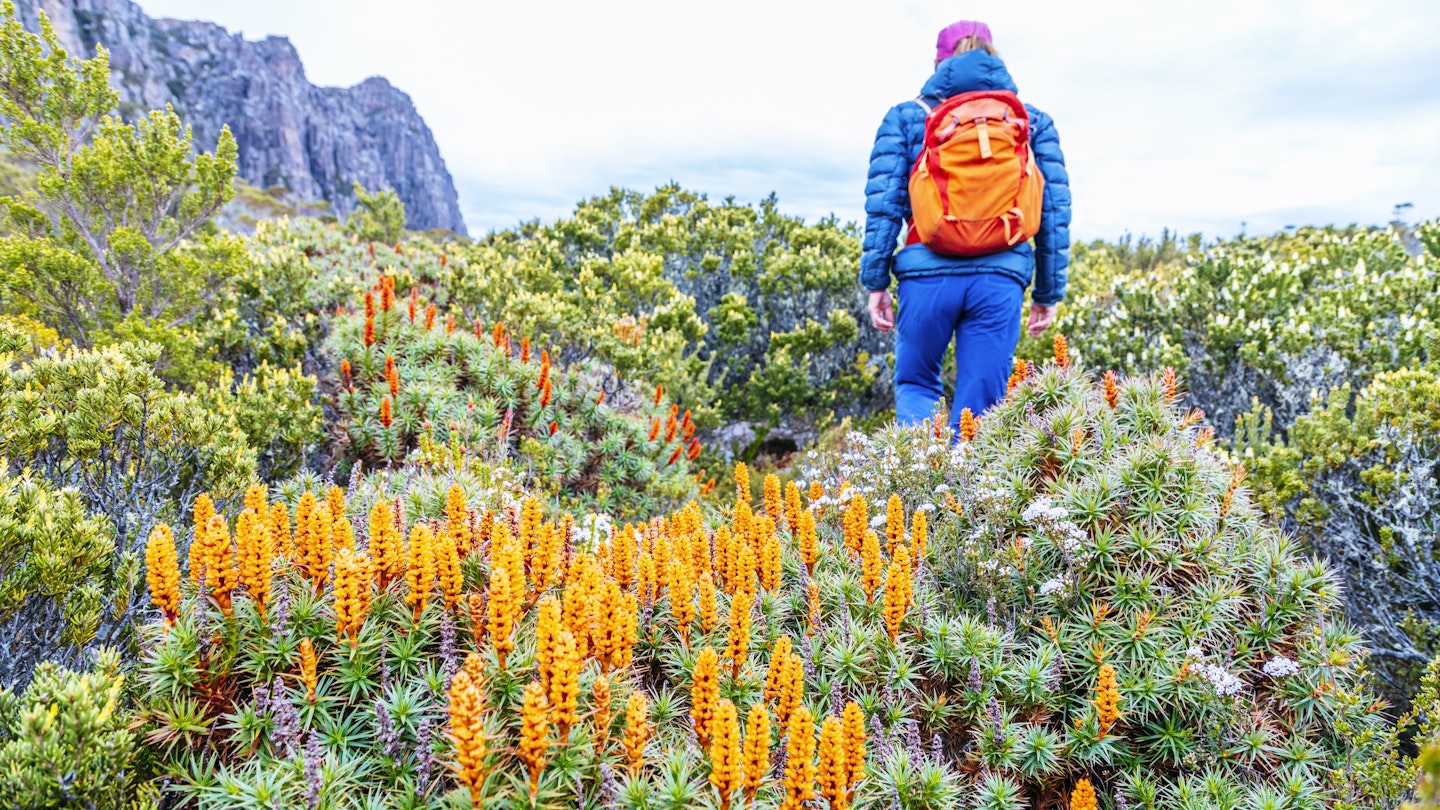Eco-Friendly Travel Alternatives in Australia
Australia is such an enormous nation that the instinct of both locals and visitors is to fly between its many far-flung attractions. However, in this era of flight-shame and increased environmental awareness, it’s possible to reduce your carbon footprint in Oz by traveling by surface transport, consequently seeing more of the country on the way. Here are several possibilities.
Sail to Tasmania
A fine alternative to flying from Melbourne to Tasmania is to set sail from Melbourne aboard Spirit of Tasmania. This sturdy sea-going ferry service crosses the Bass Strait nightly between Port Melbourne and Devonport in northern Tasmania. Each vessel offers a range of accommodation, including recliner chairs and both shared and private cabins. Additionally, there’s a restaurant, bars, and a shop on board. The ferry connects with buses transporting you to Launceston and Hobart. At the Melbourne end, there’s a convenient connection to the city’s tram network, which will become more of a walk to North Shore railway station after the change of terminus.
Discover Outback Fossils by Train and Tour
Though Longreach in Outback Queensland is renowned for its role in developing aviation, it’s a place you can easily reach without flying or driving. From Brisbane, the Spirit of the Outback sleeper train heads north then west, taking 26 hours to transition from coast to grasslands. Longreach features plenty of attractions, including the Stockman’s Hall of Fame and a Thomson River cruise. Tour operators such as Outback Aussie Tours can take you further west to attractions around the quintessential Outback town of Winton, including the fascinating Australian Age of Dinosaurs Museum.
Catch a Train to the Tropical North
The Far North Queensland tourism hub of Cairns is surprisingly well set up for public transport options. You can reach the tropical city from the state capital Brisbane by rail—a memorable 25-hour journey aboard the Spirit of Queensland. Once in Cairns, there are numerous attractions that don’t require a car, including a Great Barrier Reef tour by boat. A popular day trip involves taking the Kuranda Scenic Railway through the spectacular ranges west of the city, returning by the Skyrail Rainforest Cableway. The Savannahlander train also departs Cairns weekly for a four-day return tour to remote Gulf Savannah towns and natural attractions such as the Undara Lava Tubes.
Reach Margaret River by Rail and Road
The southwest corner of Western Australia is a pleasant destination, famous for its wineries, tall native trees, caves, and great surf. While most people drive there, an alternative route is to catch the twice-daily Australind train to Bunbury, from where a connecting bus takes you onward to the tourism hub of Margaret River. In addition to local attractions such as the Margaret River Distilling Company, numerous tours of the region are available, including a day-trip tour that involves wineries, cheese, chocolate, and a brewery.
Visit the Red Centre by Train and Bus
Unfortunately, there’s no longer economy seating on Australia’s two intercontinental trains, the Indian Pacific (connecting Sydney to Perth) and The Ghan (Adelaide to Darwin). If you can afford a cabin aboard The Ghan, you can travel from either Adelaide or Darwin to Alice Springs, which features several interesting attractions, including the Alice Springs Desert Park and the Royal Flying Doctor Service Base. From Alice, join excursions to Uluru and consider trips like this day trip that includes a sunset barbecue dinner.
Explore Australia’s Long-Distance Hiking Trails
If you’re fit and love hiking, Australia has some trails that are so long they can become a journey in themselves—and walking between distant locations is the ultimate way to limit your carbon emissions. There are many options, including:
- The Great North Walk from Sydney to Newcastle
- The Great Ocean Walk along the rugged coast of Victoria
- The Australian Alps Walking Track, an impressive 650-kilometer trek from Walhalla, Victoria, to the outskirts of Canberra
Two even longer trails include Western Australia’s Bibbulmun Track, stretching 1000 kilometers from Perth’s suburbs to the south coast of Albany, and the 1200-kilometer Heysen Trail in South Australia. The ultimate trail is the Bicentennial National Trail, utilized by horse-riders, hikers, and cyclists, covering 5330 kilometers from Healesville, Victoria, to Cooktown in Queensland. That’s a significant trek to boast about while helping the environment.
Cycle Through Victoria Along Rail Trails
Many disused rail corridors have been repurposed into rail trails, perfect for cycling between destinations. The state of Victoria offers a wealth of these trails, including the 134-kilometer Great Victorian Rail Trail from Mansfield to Tallarook. Other Victorian trails connect popular towns and are accessible at one end by train, including:
- The Bellarine Rail Trail from Geelong to Queenscliff
- The East Gippsland Rail Trail from Bairnsdale to Orbost
- The Murray to the Mountains Rail Trail linking Wangaratta, Beechworth, and Bright





